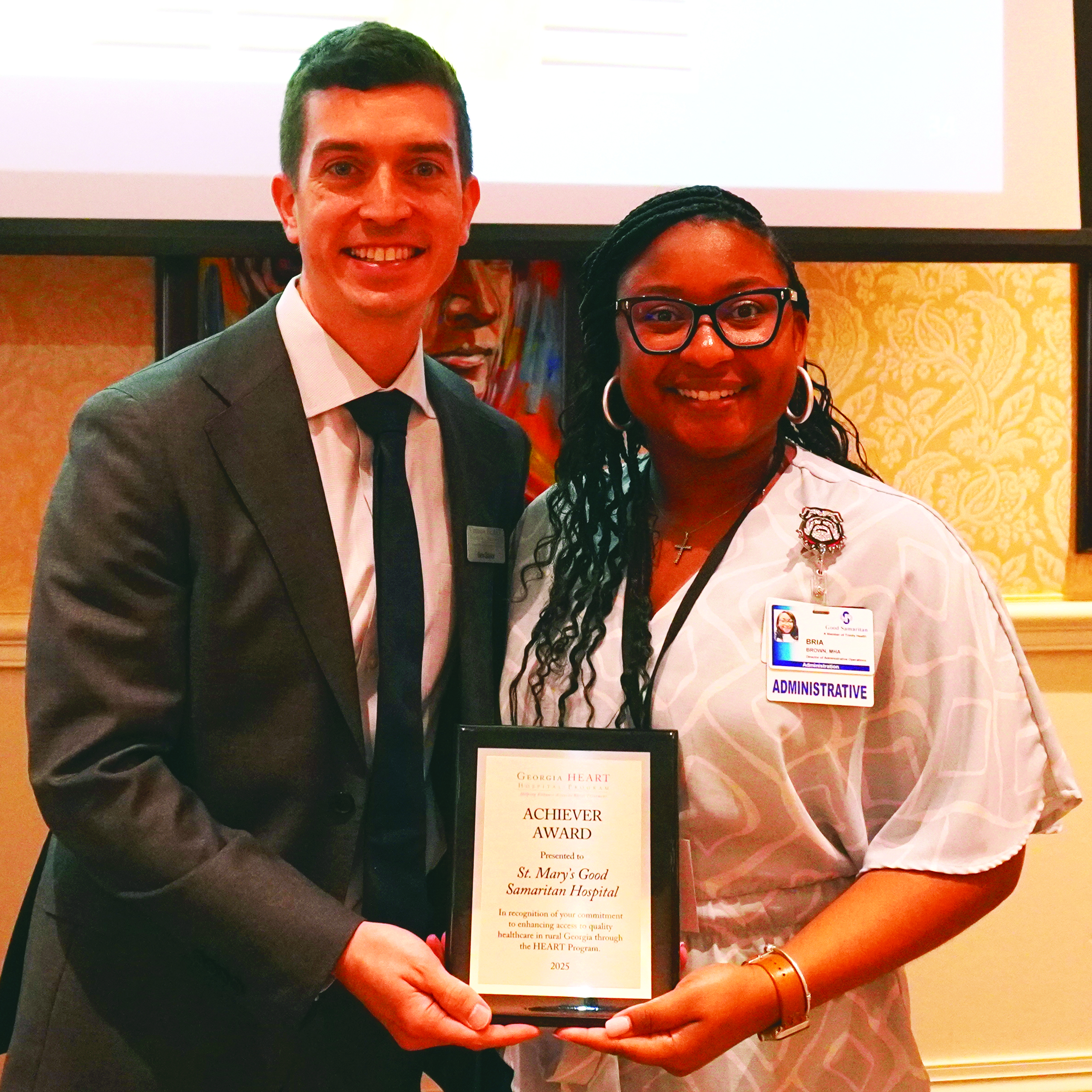Across country Jasper, Newton paired together because of American Revolution story
Published 5:30 pm Monday, July 4, 2016

- William Jasper memorial in Savannah, Georgia. Source: Wiki Commons
Missouri is not unique in having neighboring counties named Jasper and Newton.
Other states have done likewise, naming places after two heroes of the War for Independence. But how much of the story surrounding them is true remains uncertain nearly 240 years later.
Texas has a Jasper-Newton county pair in the southeast part of the state. Georgia has a pair near Atlanta, and Indiana a pair south of Lake Michigan. Mississippi also has a pair east of Jackson.
But that’s not all. Arkansas has a Newton County, of which Jasper is the county seat; Iowa has a Jasper County near Des Moines, of which Newton is the county seat.
No matter where you go, it seems, Jasper and Newton are two peas in a (Revolutionary) pod.
But who were these two?
A 1958 article in American Heritage magazine that begins “Wherever there’s a Newton, there’s a Jasper,” explores the relationship between the two, trying to separate fact from fiction. It was written by Lou Ann Everett, whose travels around the country had caused her to wonder about the frequent pairing.
“Sometimes they were associated as counties, sometimes as county and county seat; often a town or county of Marion was nearby. Maps showed more than sixty Newtons and Jaspers in all, half of them juxtaposed in an almost conjugal relationship. They were about as much a part of the American scene as Lincoln Avenue, Washington Street, and Courthouse Square,” she wrote. “But why?
“My own investigation of state histories reveals that they commemorate heroes of an incident that may never have happened, that they are linked together because of a dialogue that never was spoken.”
In fact, one of the duo may not have even existed.
According to her research, the story of Jasper and Newton originates with “Parson” Mason Locke Weems, best known as the biographer who created the “I cannot tell a lie” legend of the cherry tree and George Washington.
Weems wrote another book, about Francis Marion, a general and hero of the Revolutionary War, in whose South Carolina that Jasper and Newton supposedly served.
According to the story, in 1779, two men, William Jasper and John Newton, both sergeants under Marion, rescued American prisoners, including a mother and child, from the British near Savannah, and engaged in this bit of what Everett called “rich, fruity” dialogue.
“Newton,” said (Jasper), “my days have been but few; but I believe their course is nearly done.”
“Why so, Jasper?”
“Why, I feel,” said he, “that I must rescue these poor prisoners; or die with them; otherwise that woman and her child will haunt me to my grave.”
“Well, that’s exactly what I feel, too,” replied Newton, “and here is my hand and heart to stand by you, my brave friend, to the last drop. Thank God, a man can die but once; and there is not so much in this life that a man need be afraid to leave it, especially when he is in the way of his duty.”
People across the country celebrated the two heroes as well as their leader, Francis Marion, which is why it also is not uncommon to find some place named Marion near a Jasper or Newton — as in Marion County, Arkansas.
According to Everett, Weems used a manuscript written by Peter Horry, a brigadier general who served under Marion. Horry later wrote to Weems after the book was published, claiming, “Tis not my history, but your romance.”
Nevertheless, the legend was launched, according to the American Heritage article.
Everett concluded there was reason to believe that a William Jasper was a real hero, having helped rescue the regimental banner during the bombing of Fort Moultrie in South Carolina.
Jasper also was reportedly killed during the battle of Savannah, where there is a monument to him to this day.
As for Newton, Everett wrote, neither Weems nor Horry gave him a first name. “It is hard to prove just who he was. Four Newtons served with the regiment, but two were fifers and another a private. The only Sergeant Newton — his name was John — was discharged on April 17, 1778, a year before the alleged exploit at Savannah.”
True or not, they will forever be intertwined in legend.
Cooley writes for the Joplin, Missouri Globe.




